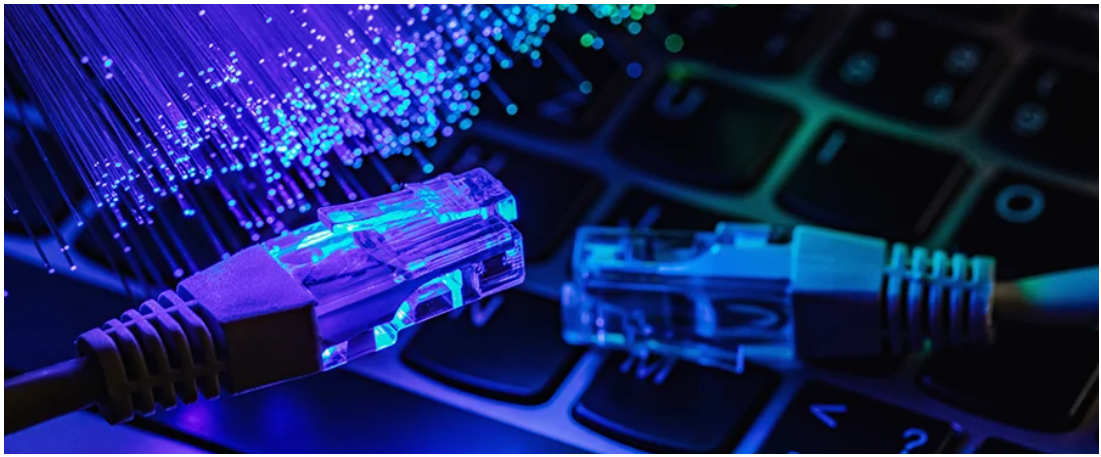Title
QKD in Support of Secured P2P and P2MP Key Exchange for Low-Latency 5G Connectivity
Authors
Ntanos, A., Zavitsanos, D., Giannoulis, G., & Avramopoulos, H.
Abstract
A quantum-secured packetized optical fronthaul segment is thoroughly discussed. We present an extensive study on the integration of a Discrete Variable-Quantum Key Distribution (DV-QKD) link supporting the Advanced Encryption Standard-256 (AES-256) encryption of packetized fronthaul operating at 10Gbps. Secure key rates exceeding the 1Kbps and short rotation times down to 1.4s are reported for Point-to-Point (P2P) topologies by considering the latency budget of 5G fronthaul connectivity. For the multi-user environment, the Bob stations implementation of quantum layer is adapted to satisfy the connectivity needs of Point-to-Multipoint (P2MP) scenario, allowing for successful distribution of AES-256 keys to N=16 5G terminal nodes with ultra-low attack success probabilities of less than 2-60.”
Venue
IEEE 5G World Forum
Place and Date
Online, 10 September 2020

